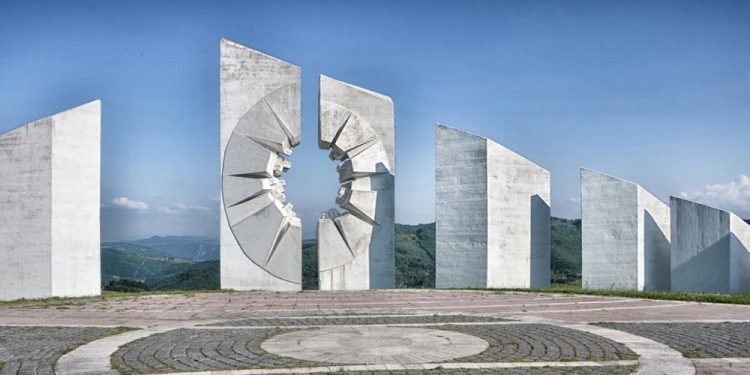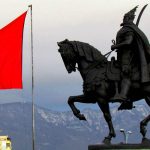
National Holocaust, World War II Genocide And Other Fascist Crimes Victims Remembrance Day
Even though the Holocaust officially occurred between the years 1933 and 1945, the effects of this widespread persecution and systematized murder continue to resonate to this day. The Nazi genocide against Jews and Romani began after the establishment of the Territory of the Military Commander in Serbia — the Third Reich’s military administration of this occupied territory in April of 1941.
Right after the occupation, two Serbian puppet governments were established to carry out Nazi dictates. Although it’s impossible to know the exact number of people murdered in Serbia during the Holocaust, it’s estimated that 80% of Serbian Jews and millions of Romani were murdered. National Holocaust, World War II Genocide, and Other Fascist Crimes Victims Remembrance Day is now a holiday that remembers these victims, and it’s observed annually on April 22nd.
The History of National Holocaust, World War II Genocide, and Other Fascist Crimes Victims Remembrance Day
This remembrance day was officially created as a federal holiday on December 5th, 2011. Although April 22nd was already observed under the Law on Founding the Genocide Victims’ Museum in 1992, the passage of this holiday law in 2011 allowed it to be celebrated as a national holiday.
The date of this holiday falls on the anniversary of the Jasenovac concentration camp prisoners’ escape. This is the second holiday dedicated to the Holocaust in Serbia; the other one is International Holocaust Remembrance Day, which is observed annually on January 27th.
Observing National Holocaust, World War II Genocide, and Other Fascist Crimes Victims Remembrance Day
Even though this day is marked with somber ceremonies, this date is not a public holiday in Serbia. It is not a day off for the general population, and businesses remain open. At the Jewish Historical Museum in Belgrade, some special events and displays outline the history of the Holocaust in Serbia.








